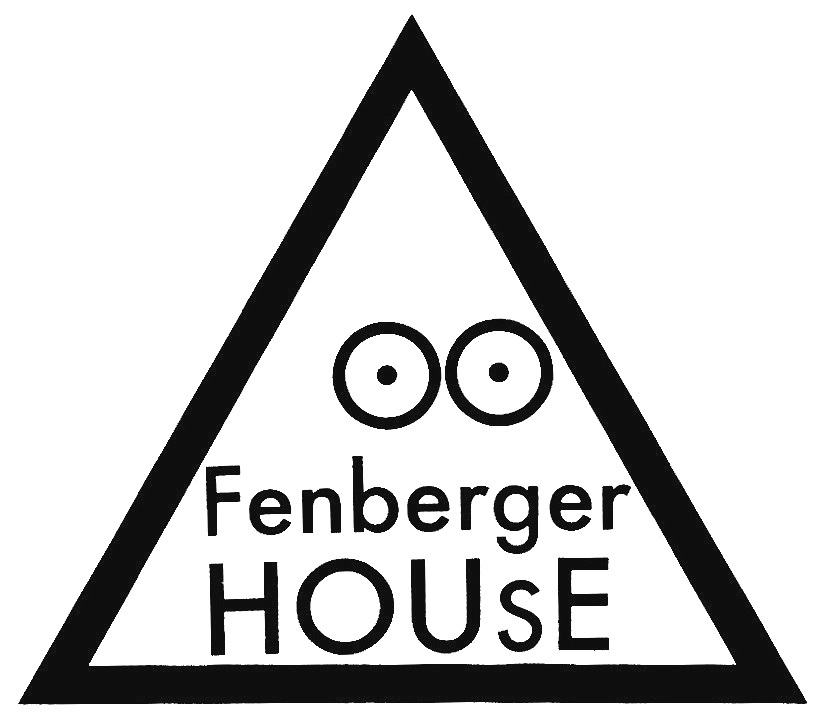Deep Looking in the C15th with Van Eyck
/One of the privileges of directing a small, non-funded private museum is the ability to experiment freely. I am particularly interested in the many ways that people have viewed art. This is a topic which I have written about in my book [Deep Looking], published in June 2022. At The Museum of Cosmic Consciousness I am now displaying a high quality print reproduction of Jan Van Eyck's [Lucca Madonna], painted in approximately 1437. The reproduction is very close to the actual size of the original, and it is framed in an old vintage wooden frame. I wanted to display this painting as close as I could to how it was probably seen by its owners during the 15th and 16th centuries.
Jan Van Eyck, ‘Lucca Madonna’, around 1437
Van Eyck's painting was probably not painted for public viewing. It is small in size, and made for private devotion. In German this kind of close-focus devotional painting is called 'antachtsbilder'. They would have been displayed perhaps in a small private chapel or in a private room, and used as an aid in meditation. The period when this painting was completed also corresponds to a new kind of way that Christians prayed and related to Biblical stories. This is often referred to as 'Devotio Moderna', or modern devotional practice. It was popularized by Geert Groote in the 14th century as a way to improve spiritual practice. One part of 'Devotio Moderna' involved deep looking at pictures of Jesus or Mary as a way to imagine oneself in their physical presence. Through deep looking the devotee could develop empathy and emotion for Christian narratives. This kind of visual aid in prayer also has roots in the writings of Saint Augustine of Hippo, who spoke about the use of ocular vision called 'visio corporalis' as eventually facilitating spiritual vision called 'visio spiritualis'. So through daily deep looking at a painting, the devotee could immerse oneself into a scene from the bible, becoming 'closer' to its message.
Experiments in Deep Looking with Van Eyck at The Museum of Cosmic Consciousness, October 2022
I tried to recreate such an intimate chapel setting to view Van Eyck's painting. It was hung on a wall just above a table laid with a simple white cloth. A cushion was placed in front of the table, so visitors could kneel and rest their elbows on the table while looking at the picture. By physically changing our posture and angle of looking, I realized that Van Eyck perhaps constructed the painting so that its affect changes depending on how you look at it. In particular I became aware of the angle of the gaze between the baby Jesus and Mary in the painting. When one kneels in front of the painting your angle of gaze seems to mirror that between Jesus and Mary. You look from slightly below, up at the face of Mary. And I felt that Mary's expression also changed slightly.
This experiment highlights how limited our ways of looking are, particularly within the codes and rules of the modern museum. It almost seems 'natural' that pictures should be hung on walls at eye level, and that we should stand in front of them. But we should remind ourselves sometimes that there exist many ways of looking at pictures. And more than simply research and write about them, it is also important to recreate these different situations as best as we can, so that we can experience other ways of looking with our whole bodies and consciousness.
Saint Catherine praying before an image of Our Lady (second half of the 14th century). Metropolitan Museum of Art.





